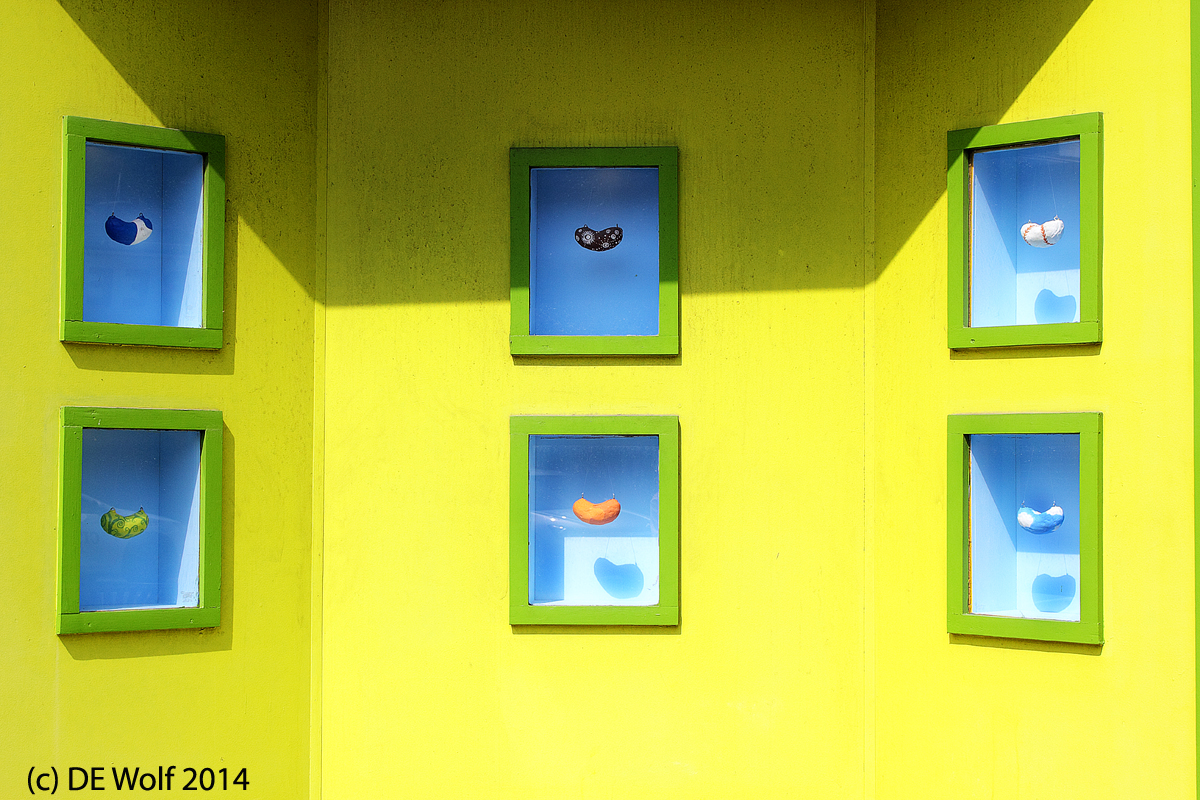
Figure 1 – Sausage at Formaggio Kitchen, Cambridge, MA. (c) DE Wolf 2014.
When I fail to get a photograph right, I take it as a failure of technique and a learning lesson. But it sticks with me, sticks in my craw, if you wish. Last October I posted about a trip to the Brooklyn Farmers’ Market in the Grand Army Plaza, where I photographed hydrangeas. What I did not discuss at the time was my absolute failure to successfully photograph some delicious looking mushrooms at the market – dull, boring, fuzzy image. My son cooked them up that evening for our dinner, and they were truly delicious. It was a failure noted and to be rectified.
I mentioned my Saturday trip to Formaggio Kitchen in Huron Village. Food is an art form at Formaggio. If you can get by the very tempting fare served outside in the summer you enter the cheese and sausage room. I was attracted to the sausages that were hanging out to dry on the wall. Unfortunately, for the most part my sausage eating days are over. Next to them were some pretty good looking prosciutto. Memories of the Prosciutto Room at the North Beach Restaurant in San Francisco came flooding back. Now that was an experience! But I digress. While ordering cheese a took a few pictures of the sausage (Figure 1), attracted by the spot lights that illuminated them. It required a bit more sharpening than I like and wasn’t quite successful in that respect. But the room was dark, and I was hand holding.
You leave the cheese room and enter the vegetable and fruits room, where as my wife shopped, I photographed. You do not get strange looks. They know that there food is beautiful! I found the mushrooms of Figure 2, loved the earth tones, the variety of shapes, and the well, yes, the scrumptious appearance. Food photography, both amateur and profession, I believe, has one of two purposes: either to offer abstract geometry or to make you hungry. So I count this photograph a success because it makes me hungry.
You finally, enter the flower section, which is a whole different photographic paradise. Right now, I am dreaming once more of mushrooms sautéed in butter with just a bit of salt and pepper. I truly hope that someone enjoyed that last night.

Figure 2 – Mushrooms at Formaggio Kitchen, Cambridge, MA. (c) DE Wolf 2014.
Figure 1 – Canon EF-S18-55mm f/3.5-5.6 IS STM Lens at 50 mm, IS, ISO 800, 1/15th sec. AE Aperture Priority Mode f/7.1, Exposure compensation 0.
Figure 2 – Canon EF-S18-55mm f/3.5-5.6 IS STM Lens at 52 mm, IS, ISO 800, 1/60th sec. AE Aperture Priority Mode f/7.1, Exposure compensation -1.









